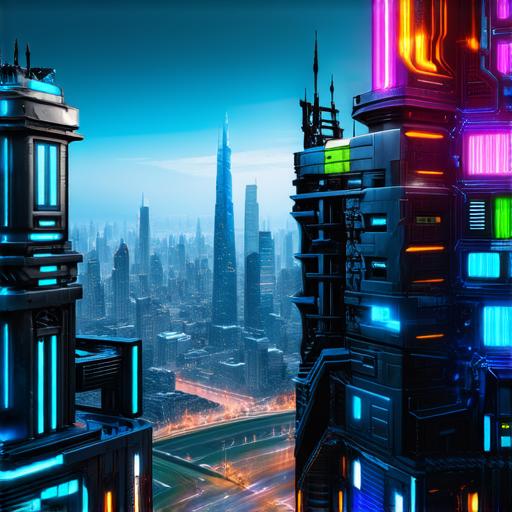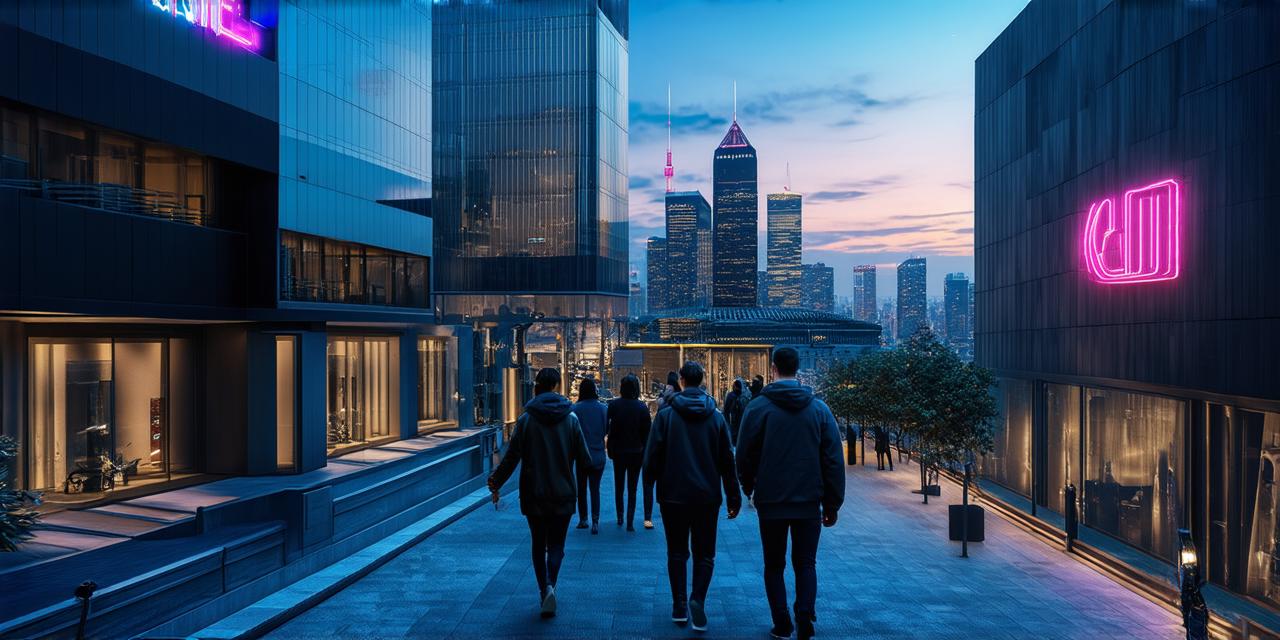As a beginner in the world of game development, you may be intimidated by the thought of creating graphics for your Unity 3D projects. The good news is that with a little bit of practice and some helpful tips, anyone can create stunning graphics in Unity 3D.
Understanding Unity 3D Graphics

Before we dive into the details of creating graphics in Unity 3D, let’s first understand what makes graphics so important in the world of game development. In a game, graphics are responsible for bringing the game to life by providing visual cues to the player.
These visual cues can include characters, objects, environments, and other elements that help to establish the setting and atmosphere of the game.
Best Practices for Creating Graphics in Unity 3D
Now that we have a basic understanding of what makes graphics so important in Unity 3D, let’s take a look at some best practices for creating beautiful graphics in this platform.
1. Start with a Clear Vision
Before you start creating graphics for your Unity 3D project, it’s essential to have a clear vision of what you want to achieve. This means taking the time to think about the overall look and feel of your game, as well as the specific elements that will be included in the graphics.
2. Use High-Quality Assets
One of the most important things you can do when creating graphics for your Unity 3D project is to use high-quality assets. This includes textures, models, and other elements that will be included in your graphics.
Using high-quality assets will help to ensure that your graphics look professional and polished, which will make your game more appealing to players.
3. Pay Attention to Detail
When creating graphics for your Unity 3D project, it’s important to pay attention to detail. This means taking the time to create textures, models, and other elements that are consistent with the overall look and feel of your game.
By paying attention to detail, you’ll be able to create graphics that are visually appealing and immersive, which will help to draw players into your game.
4. Use Lighting Effects
Lighting is an essential component of creating beautiful graphics in Unity 3D. By using lighting effects such as shadows and reflections, you can add depth and dimension to your graphics, making them more realistic and immersive.
In addition, lighting can be used to highlight specific elements in your graphics, which will help to draw the player’s attention to important parts of the game.
5. Use Animation Techniques
Animation is another critical component of creating beautiful graphics in Unity 3D. By using animation techniques such as movement and interaction, you can create graphics that are dynamic and engaging, which will help to keep players interested in your game.
In addition, animation can be used to add depth and dimension to your graphics, making them more realistic and immersive.
6. Optimize for Performance
When creating graphics for your Unity 3D project, it’s important to optimize them for performance. This means taking the time to ensure that your graphics are not too complex or detailed, which can slow down the game’s performance and make it less enjoyable to play.
